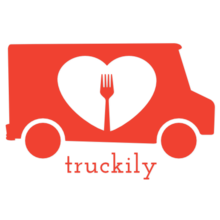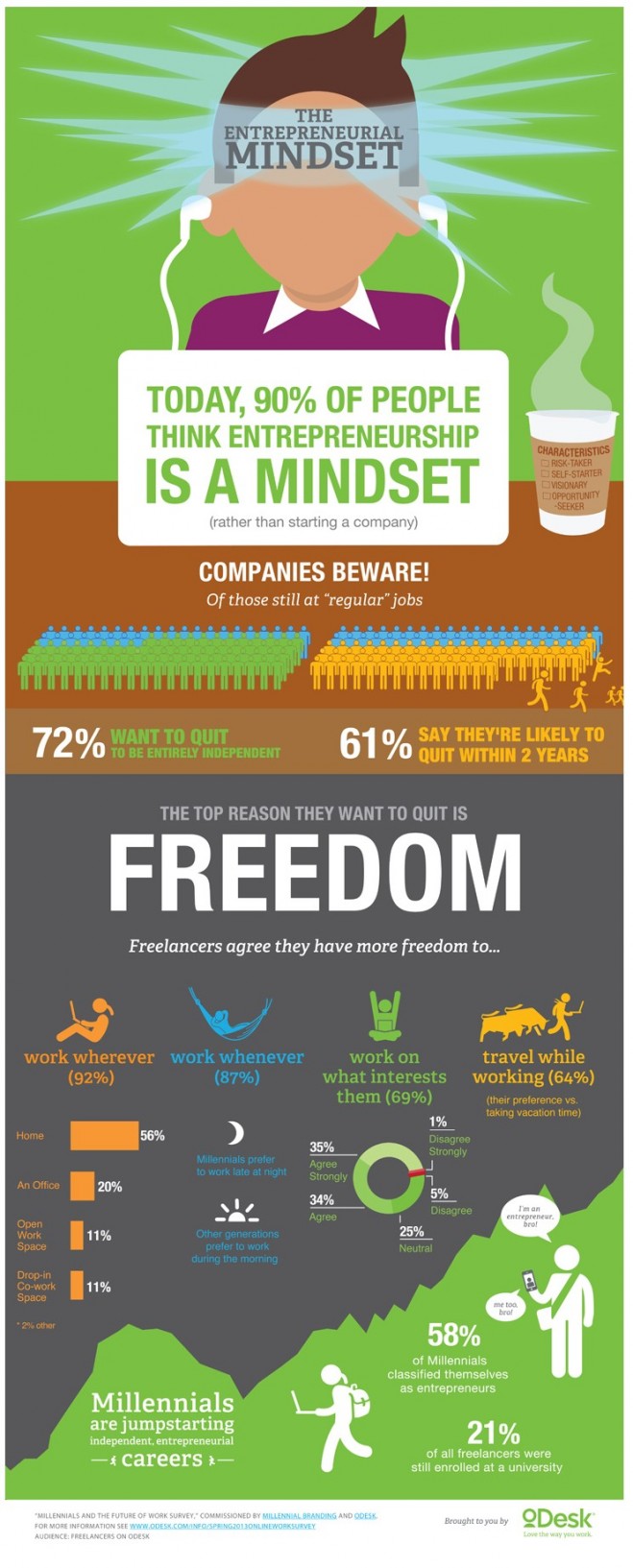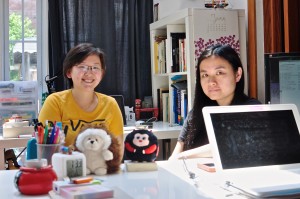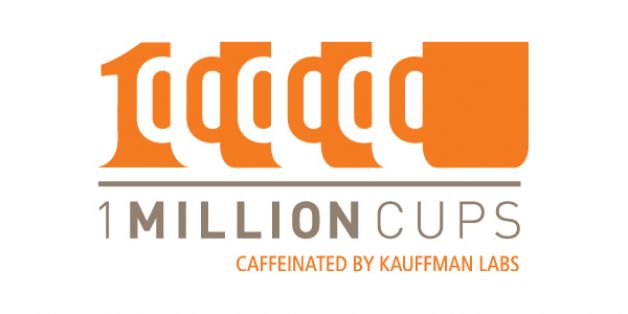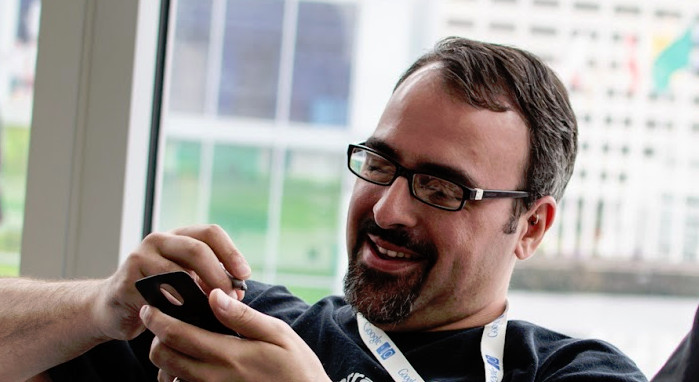 At SXSW David Karp talked about his motivation for building Tumblr.
At SXSW David Karp talked about his motivation for building Tumblr.
I tried all of the great tools that were around at the time—WordPress, Blogger—and obviously all the specialized tools—Flickr for photos and YouTube for videos—and I kept falling down. I was perfectly happy with all these tools but at the same time, constantly frustrated by the limitations imposed by all of them.
So, with that love/hate thing going on, Karp set out to iterate on the “tumblelog,” and turned it into a business worth $1.1 billion dollars (at least to Yahoo).
The guys behind project management company Xtrant feel the same way. Email, Dropbox, and chat all have their good parts, but they also all have frustrating limitations. (Missing email thread, anyone?)
Back in February, before I joined the Nibletz team, I helped a friend get ready to show her startup in everywhereelse.co’s Startup Village. In the months leading up to the conference, we used the soft launch version of Xtrant to keep our team organized and on task.
That version worked really well for us. My friend was able to upload diagrams of the booth, logos she had designed, and schedules of our milestones. We kept a running conversation on the project page, as well as a calendar for all our meetings. It was far better than 50 emails for each task.
Over the last few months, though, Xtrant has rolled out several new features that make the experience even better.
 Person status–Now users can see someone’s contact info and when they last visited the project page.
Person status–Now users can see someone’s contact info and when they last visited the project page.- Pending/Send Reminder & Invite Permissions–You can see if someone hasn’t accepted the invite to a project yet and send them an email reminder. You can also allow other users to invite their team members.
- Email Notifications–This is probably the biggest change to date, and one that is a huge win for UX. Previously the emails simply noted that the project had been changed. So, you had to click over, sign in, and find out if the change involved you or not. Now the emails are well-designed, with a brief rundown of the actions taken. Of course, you still click over to the page if you need to be involved, but if the changes don’t concern you, you can keep moving.
- Coming soon: iOS and Android apps
Like Tumblr, Xtrant is iterating on many other project management systems. By making themselves both a “social media for work” and a “project/task management” platform, they are also streamlining the work experience, getting rid of a lot of the clunky-ness we deal with every day. With these new features, they could be poised to live up to their promise.
Sign your team up for Xtrant and keep an eye out for mobile apps this summer.






